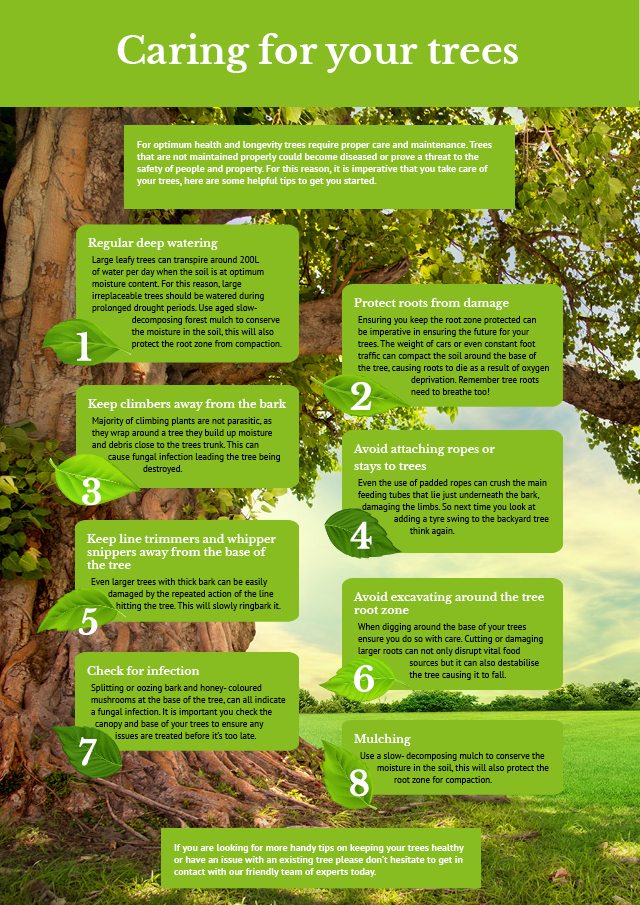Seasonal Tree Upkeep: Guidelines For Handling Trees Before And After They Are Removed
Seasonal Tree Upkeep: Guidelines For Handling Trees Before And After They Are Removed
Blog Article
Web Content Create By-
When it pertains to seasonal tree care, guaranteeing proper management prior to and after elimination can substantially affect the health and aesthetic appeals of your landscape. By understanding the needed actions involved in examining tree wellness and planning for elimination, you can proactively protect your home. However what about the essential techniques to follow as soon as the tree is gone? Stay tuned to uncover Read the Full Write-up -removal treatment procedures that will certainly assist you cultivate a thriving and sustainable setting for your trees.
Pre-Removal Tree Care
Before addressing the removal of a tree, it's important to focus on pre-removal tree treatment. Begin by assessing the tree's wellness and architectural honesty. Try to find signs of illness, pest problems, or any kind of architectural issues that might position a safety danger throughout elimination. It's essential to seek advice from a licensed arborist to figure out the very best course of action.
Trimming dead or infected branches can prevent more damages to the tree and make sure a smoother removal process.
Additionally, think about the ecological effect of eliminating the tree. Trees play an important role in our ecological community, so planting a new tree in an ideal place can help balance out any kind of loss. Make certain that you have the required authorizations and approvals for tree elimination, particularly if the tree is secured by regional laws.
Seasonal Upkeep Tips
Examining your tree's demands throughout the year is essential for its health and wellness and long life. To maintain your trees in top condition, follow these seasonal maintenance suggestions.
In spring, concentrate on trimming to remove dead or broken branches and encourage brand-new development.
Summer season calls for routine watering, especially throughout droughts, to ensure your tree remains hydrated.
As loss strategies, keep an eye out for early signs of condition or tension, and think about using mulch to shield the roots throughout winter.
In winter season, beware when eliminating snow from branches to stop breakage, and remain to monitor your tree's total health.
Bear in mind to adjust your care regular based upon the certain requirements of your tree types and neighborhood environment. By staying mindful and aggressive throughout the seasons, you can aid your trees grow and prosper for several years ahead.
Post-Removal Tree Treatment
To guarantee the health of your landscape also after tree removal, correct post-removal treatment is important. After a tree is gotten rid of, it's vital to fill the remaining opening with topsoil and compact it to stop settling. This will certainly assist preserve the honesty of the ground and avoid prospective hazards in the future.
Think about growing brand-new plant life in place of the removed tree to restore the balance and appearances of your landscape. Regularly visit this backlink to promote the growth of new plants and stop soil disintegration.
Inspect the bordering trees for any kind of indications of illness or stress that may have been triggered by the removed tree. Keep an eye out for insects that might've been drawn in to the previous tree and take preventive measures to shield the remaining plant life.
If necessary, talk to an expert arborist to evaluate the influence of the removal on the surrounding trees and establish any additional treatment needed. By adhering to these post-removal care actions, you can make sure the continued health and appeal of your landscape.
Conclusion
To conclude, positive seasonal tree treatment is essential for keeping the wellness and equilibrium of your landscape. By assessing tree health, trimming, and speaking with an arborist before elimination, you can make sure a risk-free process. After elimination, filling up the hole, growing new plants, and routine watering will advertise new growth and protect against erosion. Remember to evaluate surrounding trees for disease and look for additional care steps from an arborist to keep your landscape growing.
